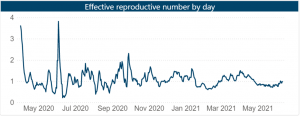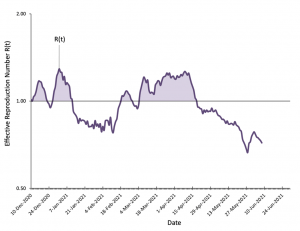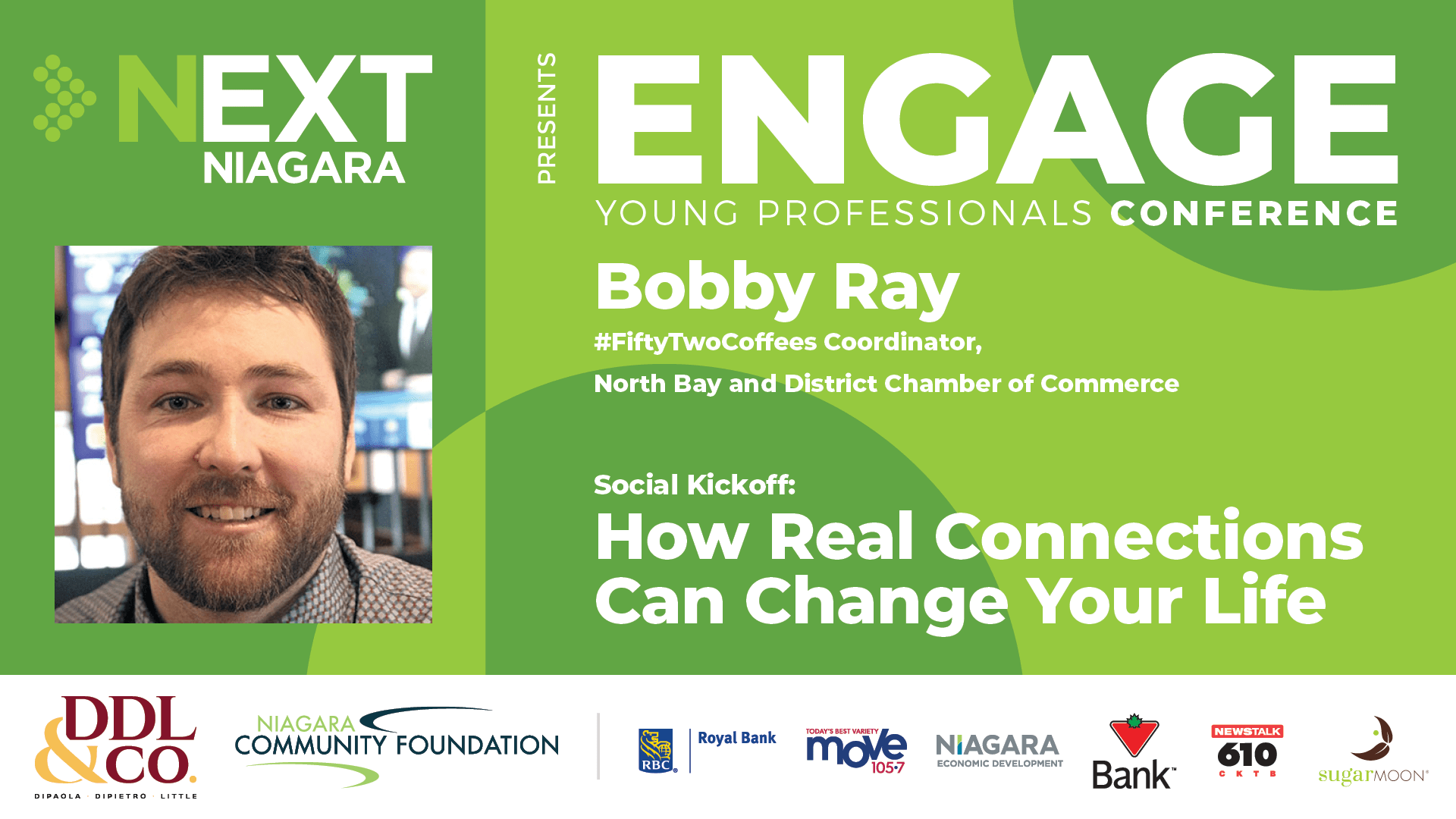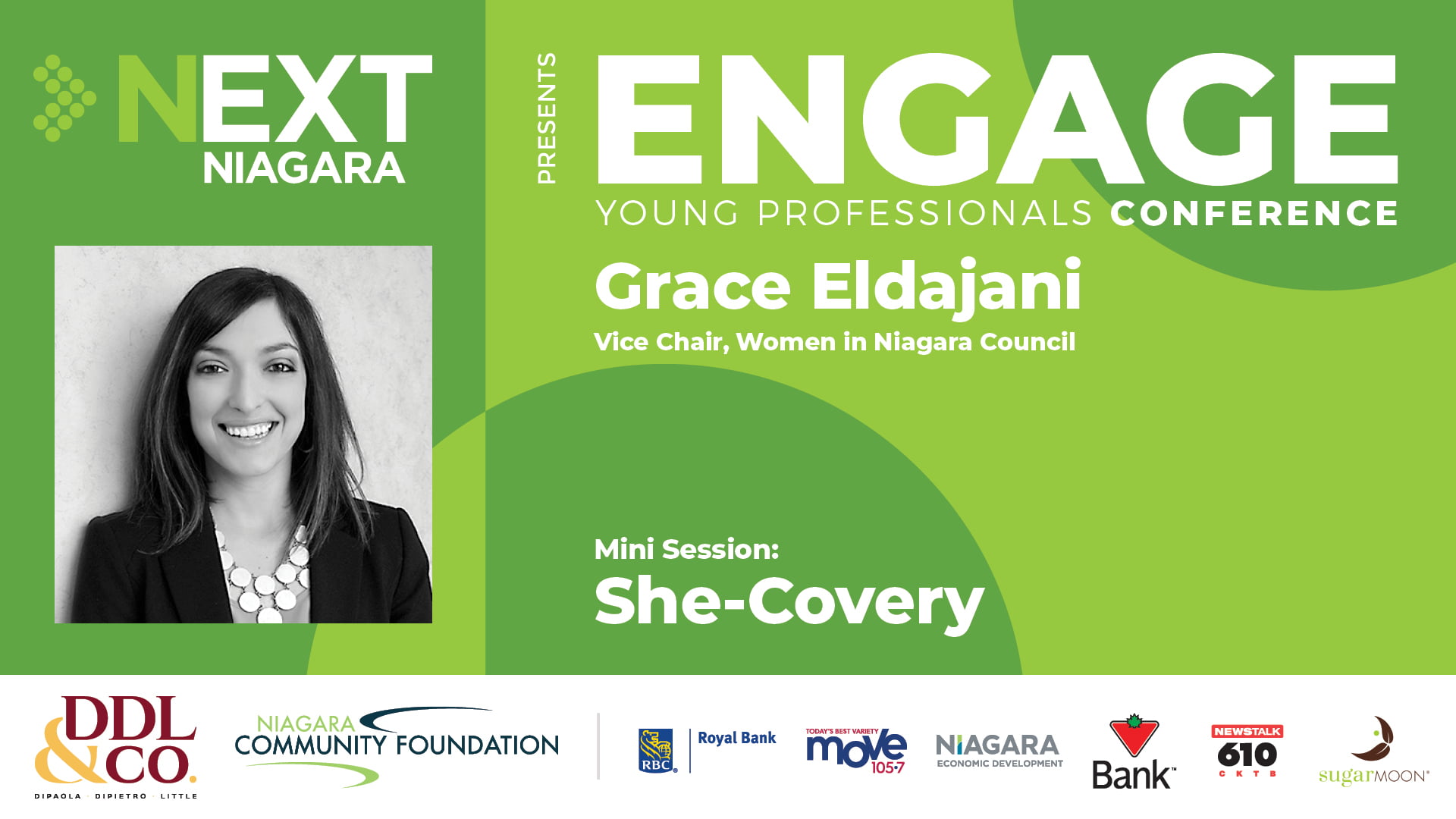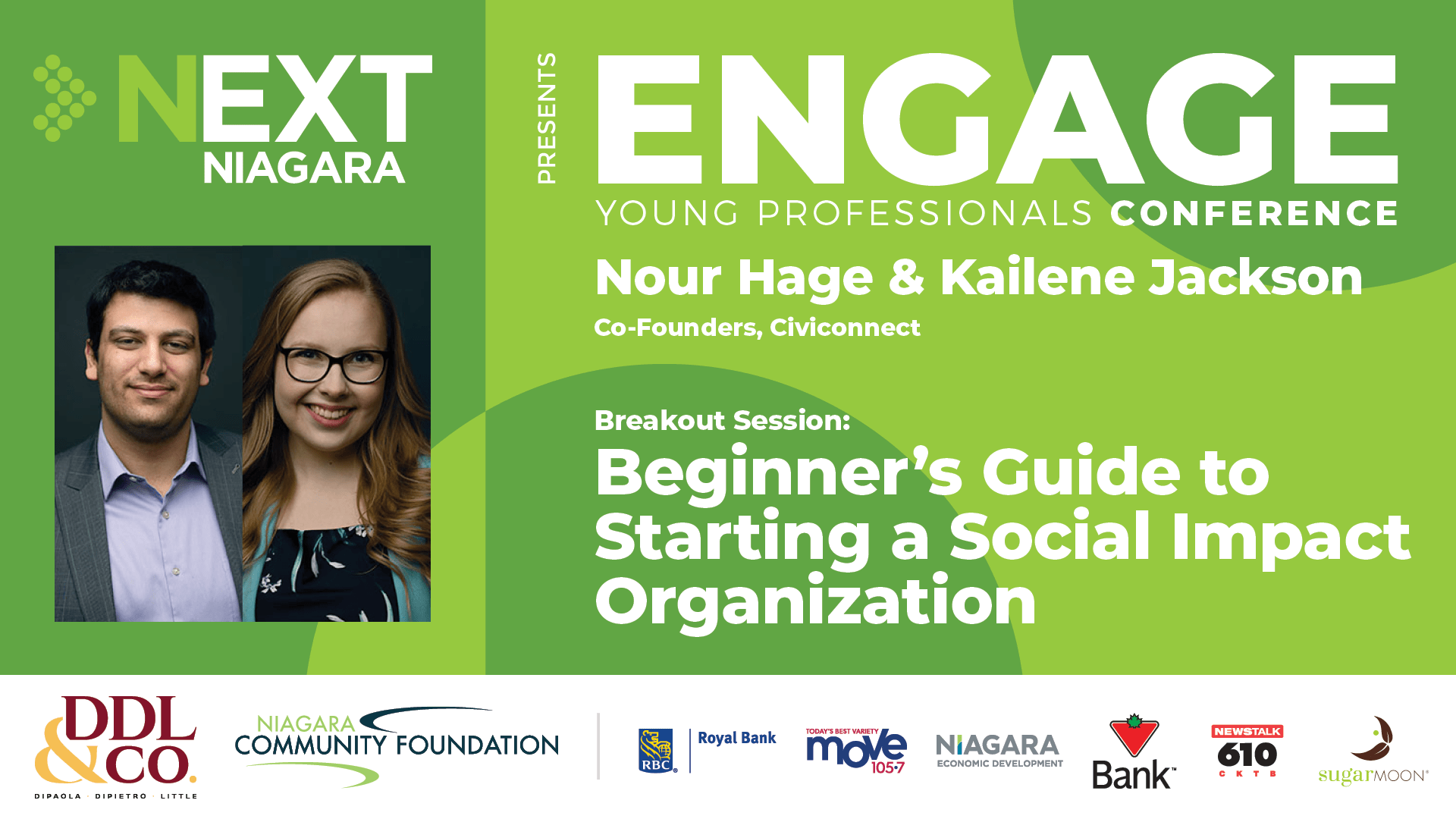
Free rapid COVID-19 testing kits are now available to businesses
Visit gncc.ca/workplace-self-screening-kits to learn more and reserve kits for your organization.
Government of Canada launches Ask the Experts campaign to encourage vaccine uptake
Today, the Honourable Patty Hajdu, Minister of Health, announced the launch of the Ask the Experts advertising campaign. This campaign features short videos by trusted experts answering some of the most common questions people have about the COVID-19 vaccines. These videos will encourage vaccine uptake by providing people across Canada with credible COVID-19 vaccine information so they can make informed choices.
These experts are answering some common questions that Canadians have. To make sure that Canadians have the information they need to make informed decisions about their health, the government has created the Ask the Experts campaign so Canadians can hear directly from healthcare professionals and other experts about what vaccination means and does.
The GNCC believes that mass vaccination is our quickest and best route to ending the pandemic and economic recovery, and encourages all eligible people to get vaccinated as soon as possible.
Ontario supporting the identification and commemoration of Indian Residential School burial sites
The Ontario government is providing $10 million to help support the identification, investigation, protection and commemoration of Indian Residential School burial sites across the province. The funding will also ensure that culturally appropriate, trauma-informed mental health supports are available for Indian Residential School survivors, their families and Indigenous communities.
Across Canada, over 150,000 Indigenous children were forcibly removed from their families and communities and sent to Indian Residential Schools between 1870 and 1996. According to the Truth and Reconciliation Commission of Canada, there were 18 Indian Residential Schools in Ontario; the last of these closed in 1991, with some sites since repurposed, abandoned or destroyed.
Roughly 8,000 of Canada’s estimated 80,000 Indian Residential School Survivors lived in Ontario at the time of the Indian Residential School Settlement Agreement. The Truth and Reconciliation Commission (TRC) estimated that at least 426 children who attended Indian Residential Schools in Ontario are known to have died, while an unknown number are still missing.
Ontario helping youth explore careers in the skilled trades
The Ontario government is investing almost $4 million through Support Ontario Youth to help up to 2,100 young people access training and networking opportunities to become future electricians, plumbers, millwrights, automotive service technicians and horticulture technicians. This funding will help deliver 70 one-day boot camps in communities that have been hit hard by the COVID-19 pandemic to provide youth with hands-on training, resume writing help and introductions to prospective employers in the industrial, construction, motive power and service sectors.
Youth from more than 25 communities across Ontario, including Ottawa, London, Hamilton, Chatham and Sault Ste. Marie will gain experience working with tools, writing resumes and interviewing.
To be considered for the boot camp, applicants must fill out a 17-question questionnaire through Support Ontario Youth’s website. A software program called “talent sorter” will determine their compatibility with their selected trade. Students and adults interested in attending a boot camp can apply on the Safe Ontario Youth website at https://www.supportontarioyouth.ca/
Town of Pelham receives top municipal award for work on by-election
On Tuesday, June 15, 2021, the Town of Pelham, collaboratively with three other municipalities, was named the recipient of this year’s E.A. Danby Award for its role in developing, sharing, and executing safe and successful practices during last year’s by-election.
The E.A. Danby Award is a tiered awards program based on the size of the municipality. Along with members from the City of Ottawa, the City of Windsor, and the City of Cambridge, Pelham staff developed protocols and procedures for running a by-election during the COVID-19 pandemic. Of note, the working group members from the four municipalities and the leaders of their respective by-elections were all women.
The by-election in 2020 was the first in Pelham since 2011, and despite being held during the peak of the pandemic and among stringent public health measures, 2020 saw an increase in voter turnout.
Niagara Medical Officer of Health offers COVID-19 briefing
https://www.youtube.com/watch?v=qcQzGYnBfyY
Brock researchers awarded more than $2.3M in federal NSERC and SSHRC grants
Brock University has been awarded $1.4 million in grants from the Natural Sciences and Engineering Research Council of Canada (NSERC) and $923,911 from the Social Sciences and Humanities Research Council of Canada (SSHRC).
Reading Recommendations
A statistical portrait of Canada’s diverse LGBTQ2+ communities
Statistics Canada
Canada is home to approximately one million people who are LGBTQ2+, accounting for 4% of the total population aged 15 and older in 2018.
Although much has been accomplished since the beginning of the new millennium, including the legalization of same-sex marriage in 2005, and protecting gender expression and identity in the Canadian Human Rights Act and the Criminal Code in 2017, concerns remain, given the spike in hate crimes targeting LGBTQ2+ Canadians in 2019.
Pride Season brings together members of diverse communities who are lesbian, gay, bisexual, transgender, queer, Two-Spirit, or those who identify with another non-binary gender or minority sexual identity (LGBTQ2+) and allies in celebrating one of Canada’s greatest strengths that is diversity and inclusion. To mark Pride Season, we are painting a demographic and social profile of Canada’s diverse LGBTQ2+ communities based on published analyses. Much of the data in this release focus on LGB Canadians (lesbian, gay, bisexual), since Statistics Canada has been collecting detailed information on these communities since 2003.
U.S., Canada set to discuss lifting of border restrictions -sources
Reuters
U.S. and Canadian officials are set to meet Tuesday to discuss how to eventually lift pandemic-related border restrictions between the two countries, but no immediate action is expected, sources briefed on the matter told Reuters on Monday.
U.S. and Canadian business leaders have voiced increasing concern about the ban on non-essential travel at land borders because of COVID-19 that was imposed in March 2020 and has been renewed on a monthly basis since. The measures, which also apply to the U.S.-Mexico border, do not affect trade or other essential travel.
Niagara COVID Stats Tracker (June 5)
| December 18 | December 25 | January 1 | January 8 | January 15 | January 22 | January 29 | |
|---|---|---|---|---|---|---|---|
| Reproductive number | 1.4 | 1.8 | 1.4 | 1.1 | 1.0 | 0.7 | 0.9 |
| New cases per 100,000 | 101.2 | 267.3 | 469.8 | 575.8 | 507.1 | 295.5 | 250.6 |
| New cases per day (not including outbreaks) | 60.7 | 178.7 | 311.7 | 376.9 | 325.4 | 182.7 | 145.7 |
| Percent of hospital beds occupied | 97% | 95.2% | 98.2% | 103.2% | 104.5% | 103.6% | 106% |
| Percent of intensive care beds occupied | 78.8% | 77.3% | 87.9% | 87.9% | 90.9% | 89.4% | 93.9% |
| Percentage of positive tests | 6.1% | 15.6% | 28.1% | 28.6% | 26.6% | 21.2% | 16.2% |
These data show the status of the COVID-19 pandemic in Niagara. The Province of Ontario is now using a provincewide approach to reopening, and these data no longer have any influence on Niagara’s restrictions.
Data are drawn from Niagara Region Public Health.
Guide
Reproductive number: the average number of new cases each case causes. If each person infects one other person, the rate is 1; if each person infects two people, the rate is 2. Under the outdated COVID-19 response framework, the target for “green-prevent” was less than 1. Niagara Public Health has indicated that this number should be consistently below 1 for Section 22 orders to be lifted.
New cases per 100,000: the total number of new cases per week identified per 100,000 population. Under the outdated COVID-19 response framework, the target for “green-prevent” was less than 10. Niagara Public Health has indicated that this number should be consistently below 15 for Section 22 orders to be lifted.
New cases per day: the total number of new cases identified per day over seven days using a rolling average. This number does not include identified outbreaks.
Percent of hospital beds occupied: the total percentage of the Niagara Health System’s hospital beds currently in use. The average occupancy rate of both acute care beds and total hospital beds in Ontario was 96 per cent in 2018-19. It should be noted that this rate was the highest (worst) in the Organisation for Economic Co-operation and Development (OECD).
Percent of intensive care beds occupied: the total percentage of the Niagara Health System’s intensive care hospital beds currently in use. The average occupancy rate of both acute care beds and total hospital beds in Ontario was 96 per cent in 2018-19. It should be noted that this rate was the highest (worst) in the Organisation for Economic Co-operation and Development (OECD).
Percentage of positive tests: the percentage of COVID-19 tests that were positive. Under the outdated COVID-19 response framework, the target for “green-prevent” was less than 0.5%.
Niagara COVID vaccination tracker (June 15)
Niagara’s most up-to-date vaccination numbers are presented below, along with comparison data from Ontario, Canada, and G7 countries.
Total doses administered in Niagara: 360,669
Total doses administered in Niagara since yesterday: 5,852
Step Two of the Roadmap to Reopen will begin when Ontario has vaccinated 70% of adults with one dose, 20% of adults with two doses, has positive public health indicators, and has been in Step One for at least 21 days.
| Percentage of population with one dose | Percentage of population fully vaccinated | |
|---|---|---|
| Niagara | 82.7% | 78.2% |
| Ontario | 84.6% | 79.1% |
| Canada | 84.7% | 78.6% |
| United States | 75% | 64% |
| United Kingdom | 78% | 72% |
| Germany | 76% | 74% |
| France | 80% | 77% |
| Italy | 83% | 76% |
| Japan | 80% | 79% |
| World | 63% | 53% |
Data are drawn from Niagara Region, the Government of Ontario, and Oxford University’s Our World in Data project.


